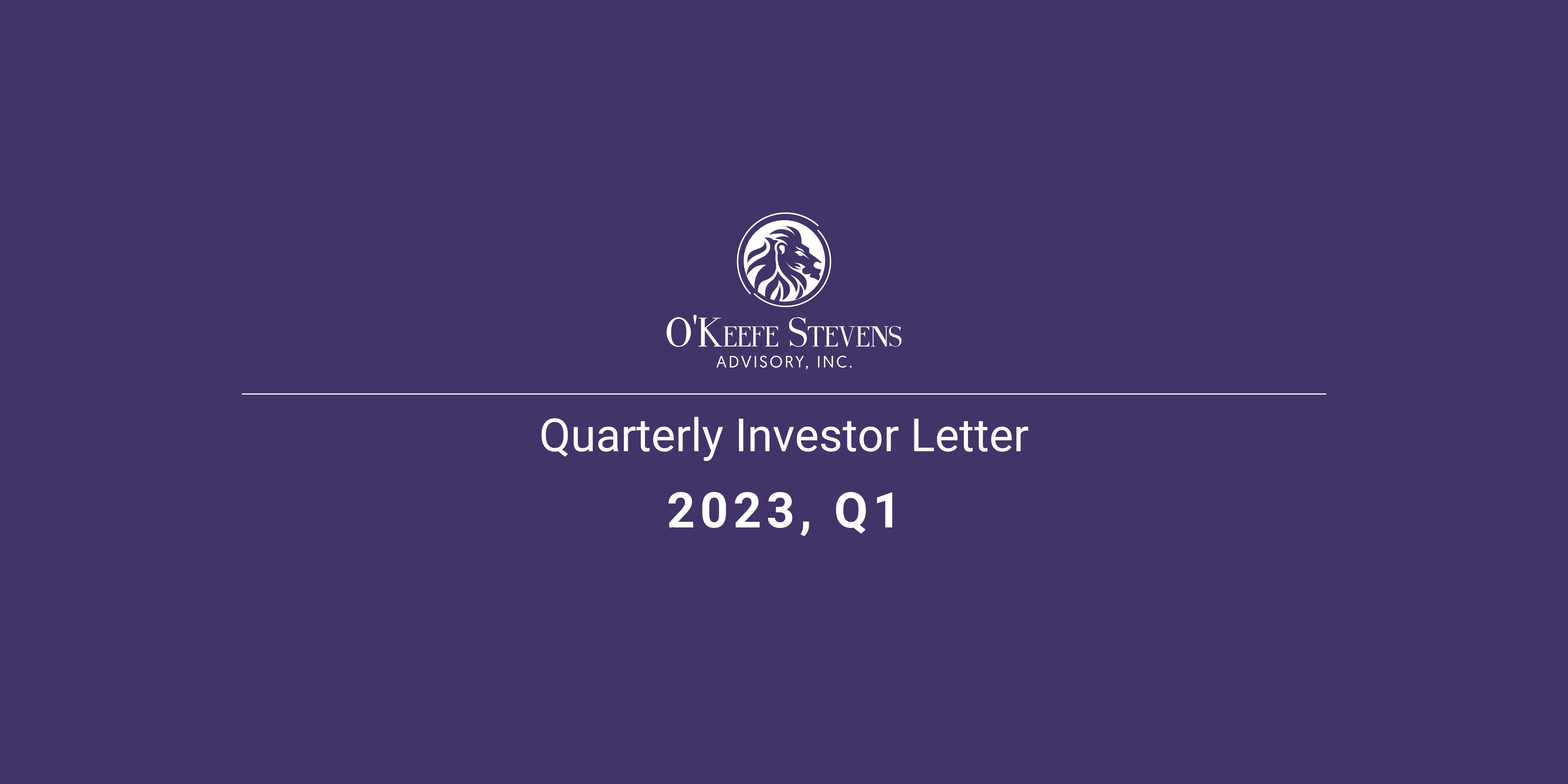Quarterly Investor Letter Q1 2023
Author: Dominick D’Angelo
Banking – A Commodity Business Without the Upside
Not surprisingly, our focus and concern stem from the potential effects of the recent SIVB and SBNY bank run. Banking sounds easy. Take in deposits, pay a low rate, and lend them out at higher rates. Generally, these loans are fixed rates and can mature up to 30 years. Assuming sound credit underwriting, where losses on defaults do not offset profits on good loans, banking seems like a decent boring business.
The central thesis of those owning banks was that the low-interest rate environment would end. When rates increase, banks become more profitable and generate higher returns on equity. Silicon Valley Bank was at the epicenter of this thesis. Most SIVB deposits were in 0% checking accounts. As rates rose, interest income would increase while the interest expense was unaffected. SIVB’s short-term capital call portfolio repriced frequently. As interest rates increased, these credit lines repriced upwards, resulting in higher profits. At the end of 2021, SIVB set long-term targets under different rate environments.
Long-Term Financial Targets
- In a low-interest rate environment (fed funds below 2.50%): ROE of ~15% and EPS growth of ~10%
- In a normalized, stable interest rate environment (fed funds above 2.50%): ROE of ~20% and EPS growth of ~10%
- Sustained rising rate environment: EPS growth of ~20%
I suspect if we go back to October 2021 and ask management how the business would perform with the fed funds at 5%, they would say business and profits are better than ever, the stock would have a 1 handle, $1,000, that is, and investors would be enthusiastic. It’s hard to imagine being so wrong, so quick.
The question is, where do we go from here? People and corporations are not going back to stuffing money under their mattresses. Banks had it easy when interest rates were near 0%. Whether they paid depositors 50bps or 0% made no difference. The ability to purchase short-term, risk-free treasury’s at 4%, banks cannot pay near 0%, something must change. We have already seen banks increase rates on deposit accounts to retain clients. Either raise deposit rates, hurting margins and profits. Or risk clients leave, and banks must sell a security at a loss to raise cash, also hurting profits. The dramatic and swift rise in rates resulted in the bank security portfolio’s declining value as I taught my students, rates up, bond prices down. Going forward, I suspect the ROE trajectory for banks is down in the near term as increased regulations, deposit competition, and tighter lending standards weigh on profits.
Within the portfolio, we own two banks. Bank of Ireland (Ticker: BKRIF) and M&T Bank (Ticker: MTB). The opaqueness of a bank’s balance sheet means an investment relies heavily on those at the top. We have complete faith and trust in those leading these banks.
Those willing to forgo short-term profits to create long-term value are whom we align with. In Renè Jones (CEO of M&T Bank) annual letter, “In a year when the top 25 commercial banks saw an average decline of 9.6 percent in tangible book value per share, our tangible book value per share declined by only 3.6 percent… Loan demand was tepid and yields on investment securities were at historically low levels. As noted last year, we chose to be patient in investing the cash until rates offered a better return and there was less risk to our shareholders’ equity. As yields on investment securities and loans rose to levels meaningfully above those available in 2021, we reduced our interest-bearing cash balance by 40 percent to just under $25 billion at the end of last year, funding loan growth and purchasing investment securities. The timing of these actions allowed us to benefit from rising rates over the course of the year, simultaneously reducing the potential negative impacts of future rate declines.”
Banks are not high-growth businesses; however, there are ways they can appear to be such. Offering below-market interest rates on loans that do not compensate for potential default. Purchasing riskier securities with excess deposits increases interest income but adds default risk. Increasing the duration of the security portfolio. In a typical environment, long-term bonds offer higher yields than short-term. While implementing one of the listed strategies is unlikely to cause issues, a combination could be catastrophic. In a commodity business, there is one way to win, price. Risk happens slowly, then all at once.
Market Outlook
The market was remarkably resilient, with the S&P up 7.5% and the Nasdaq rebounding 21.3% after a down 33% in 2022. We view the market pricing in rate cuts in the near term, whether Q4 23 or Q1 24, as unlikely. The S&P trades around 18x consensus forward earnings. With a 1Y Treasury yield north of 4.5% and a 10Y yielding 3.6%, the Fed must cut for valuations to be attractive. It’s a bit of a conundrum. On the one hand, if the Fed does not cut rates, the 10Y should yield north of 5%, and valuations would need to come down. On the other hand, if the Fed cuts, it’s likely because the US entered a recession, and earnings estimates are likely going lower. If you layer in the potential for reshoring of production of goods, margins are likely to compress from where they stand. Most companies today are priced close to fair value at best, most evident in Consumer Staples. Trading at 20.4x earnings, while resilient in recessions, typically offers little growth prospects and is generally a bond substitute. Clorox trades at 33x earnings, Proctor & Gamble 25x, Costco 33x, and Mondelez 24x. These mature businesses are likely to grow around GDP. Little doubt exists that these are good businesses; however, price matters. Starting at these valuations leaves little room for error. With the option to purchase short-term treasury at 4.5% yield or businesses yielding 3-4%, why bring in equity and business risk for the potential of 1-3% extra return? It’s akin to a bank purchasing a 2% 30 yr bond over a 1-year 60bps bond. Who would do such a thing?
Portfolio Top 5 Holdings
At the end of Q1 23, our top 5 holdings represented ~38% of assets, with NVDA representing almost 19% of the portfolio due to the 94% gain to start the year. The remaining four include QCOM, AMGN, BKRIF, and L. To reduce the position of NVDA, given the outsized position, we sold calls which resulted in a small portion of the position getting called away after the quarter ended.
Research Ideas
We did not make any new purchases in the quarter. However, we posted two ideas on Seeking Alpha: our long thesis on Warrior Met Coal (HCC) and a short report on LL Flooring (LL).
Disclaimer
This document is for informational purposes only. O’Keefe Stevens Advisory is not providing any investment recommendations with the publishing of this document, and no firm performance data is included in this document.



No responses yet